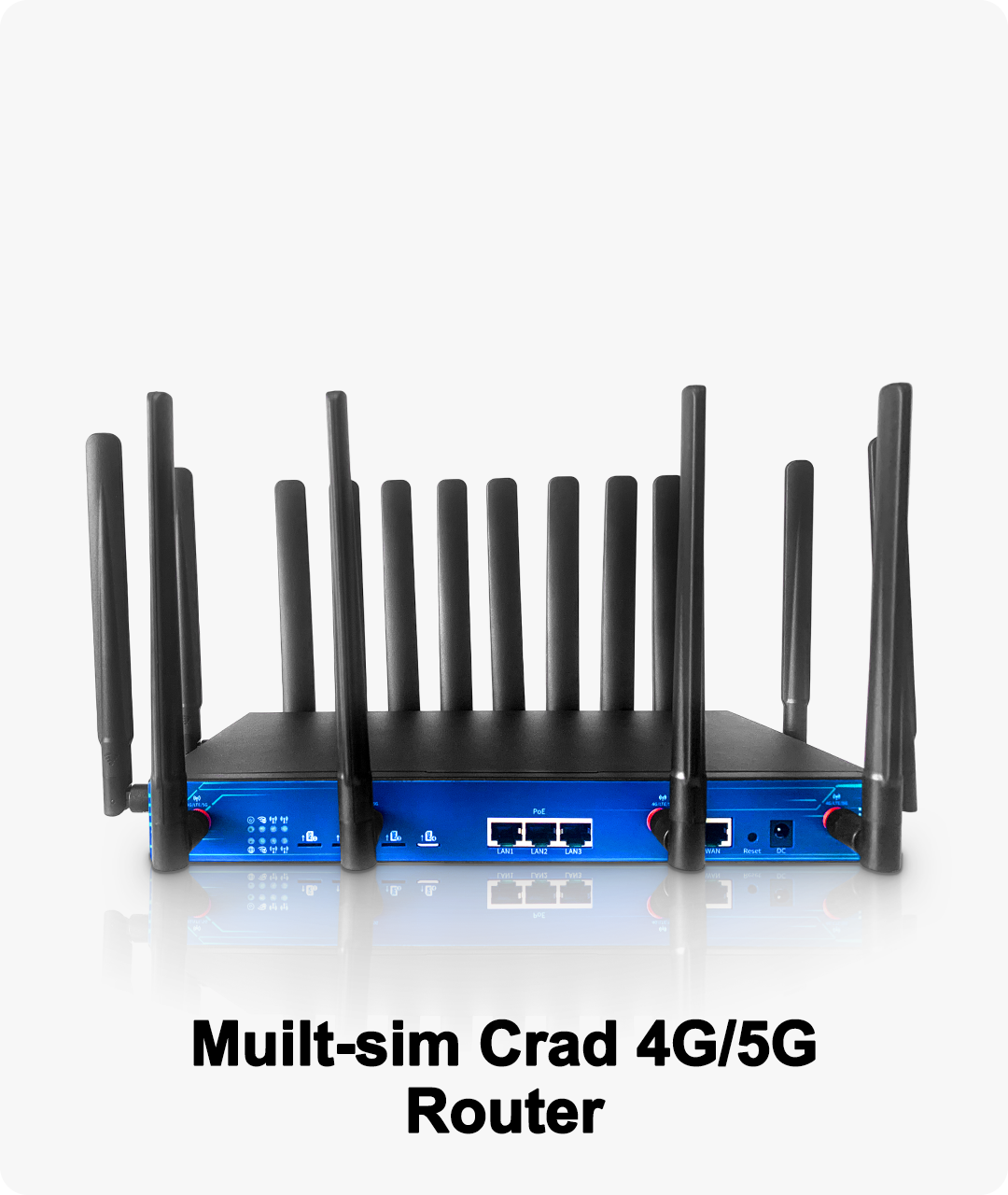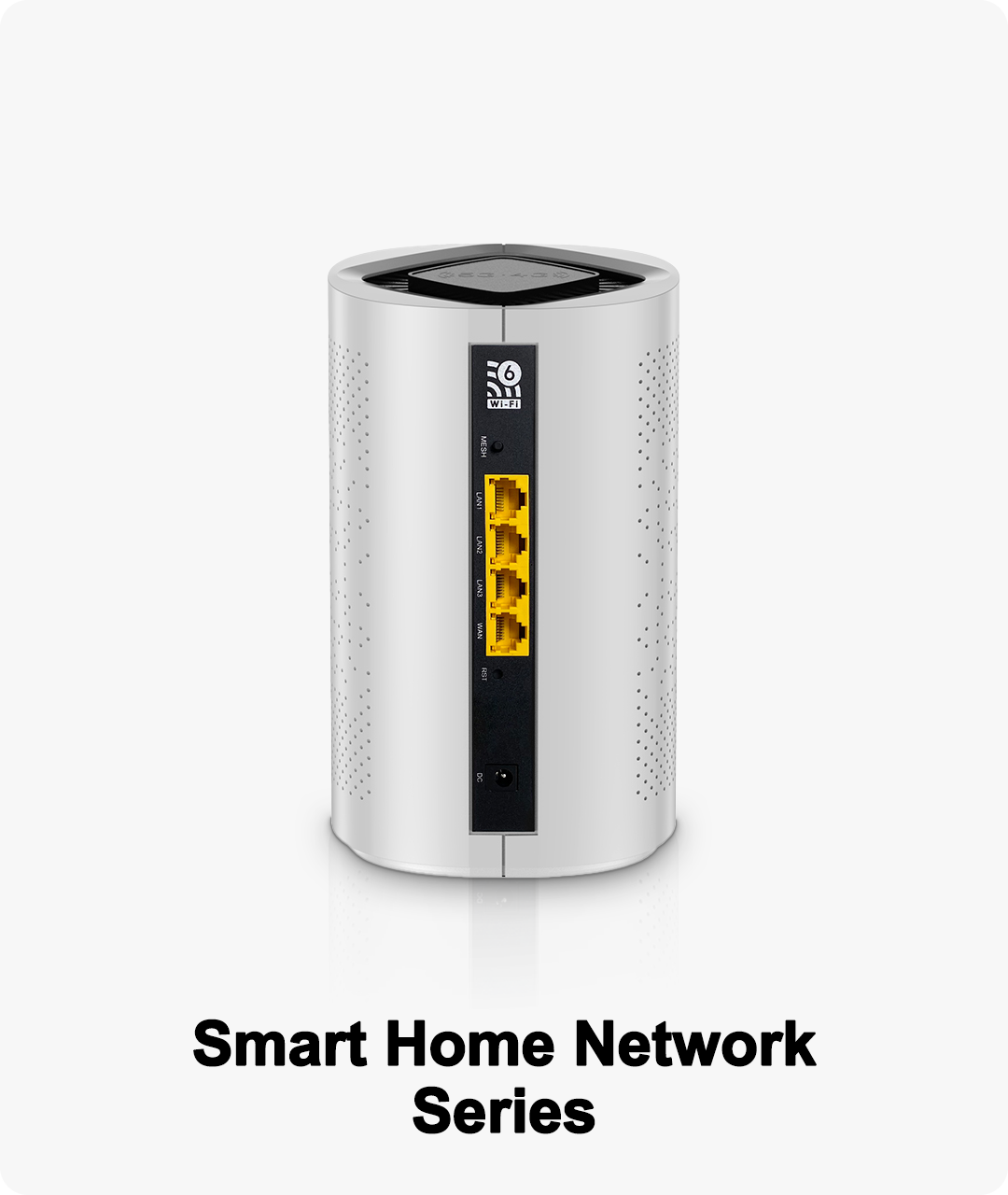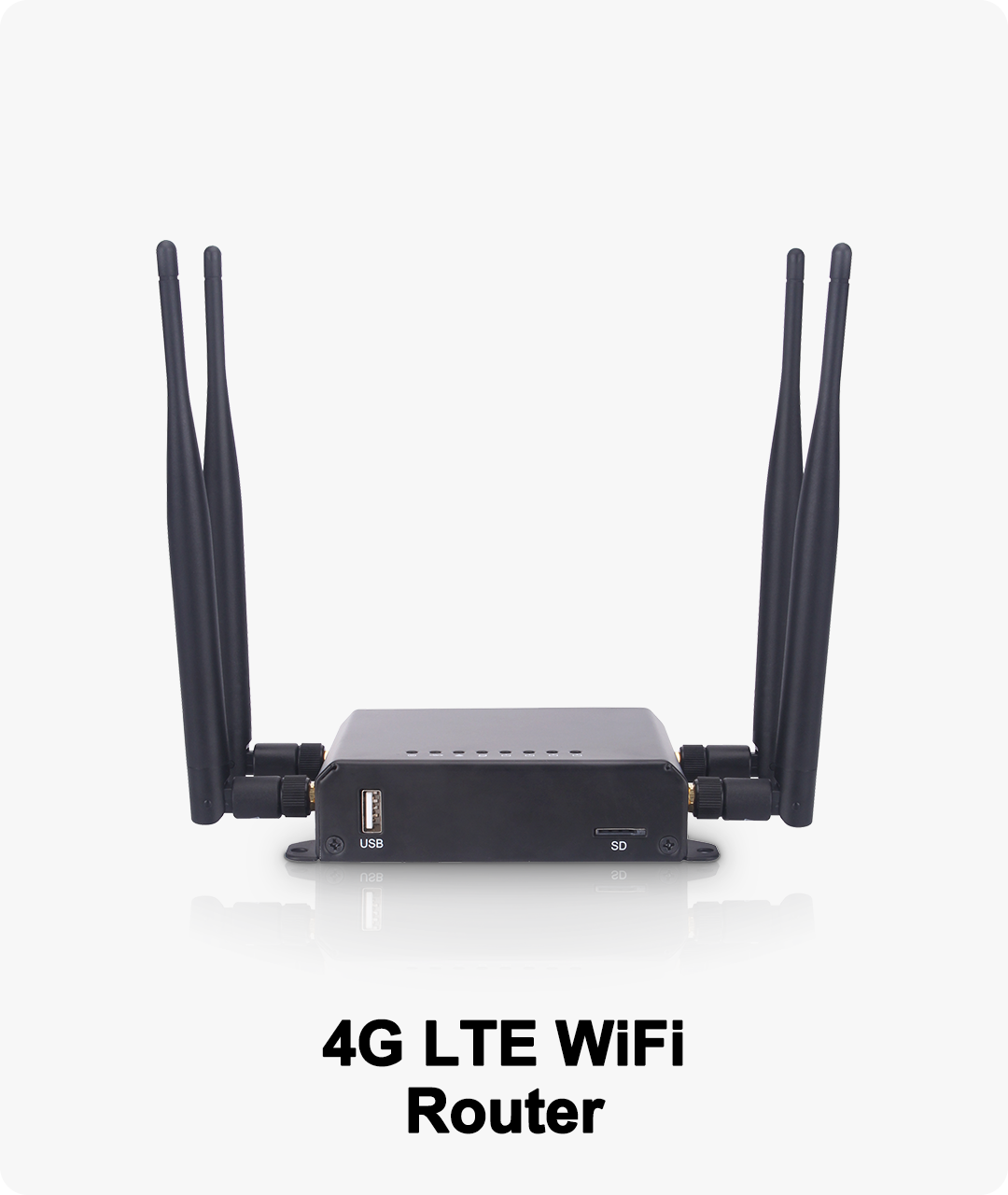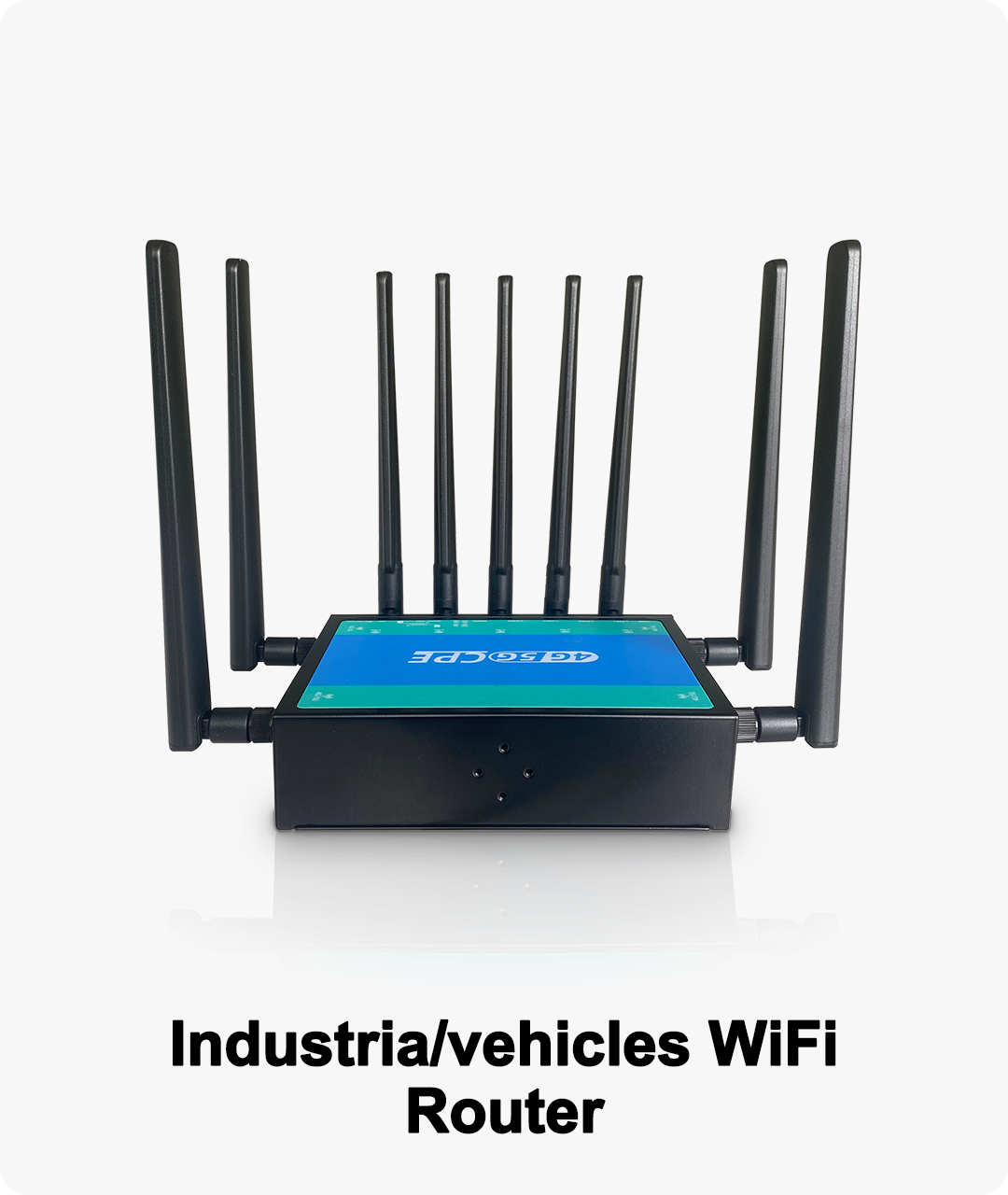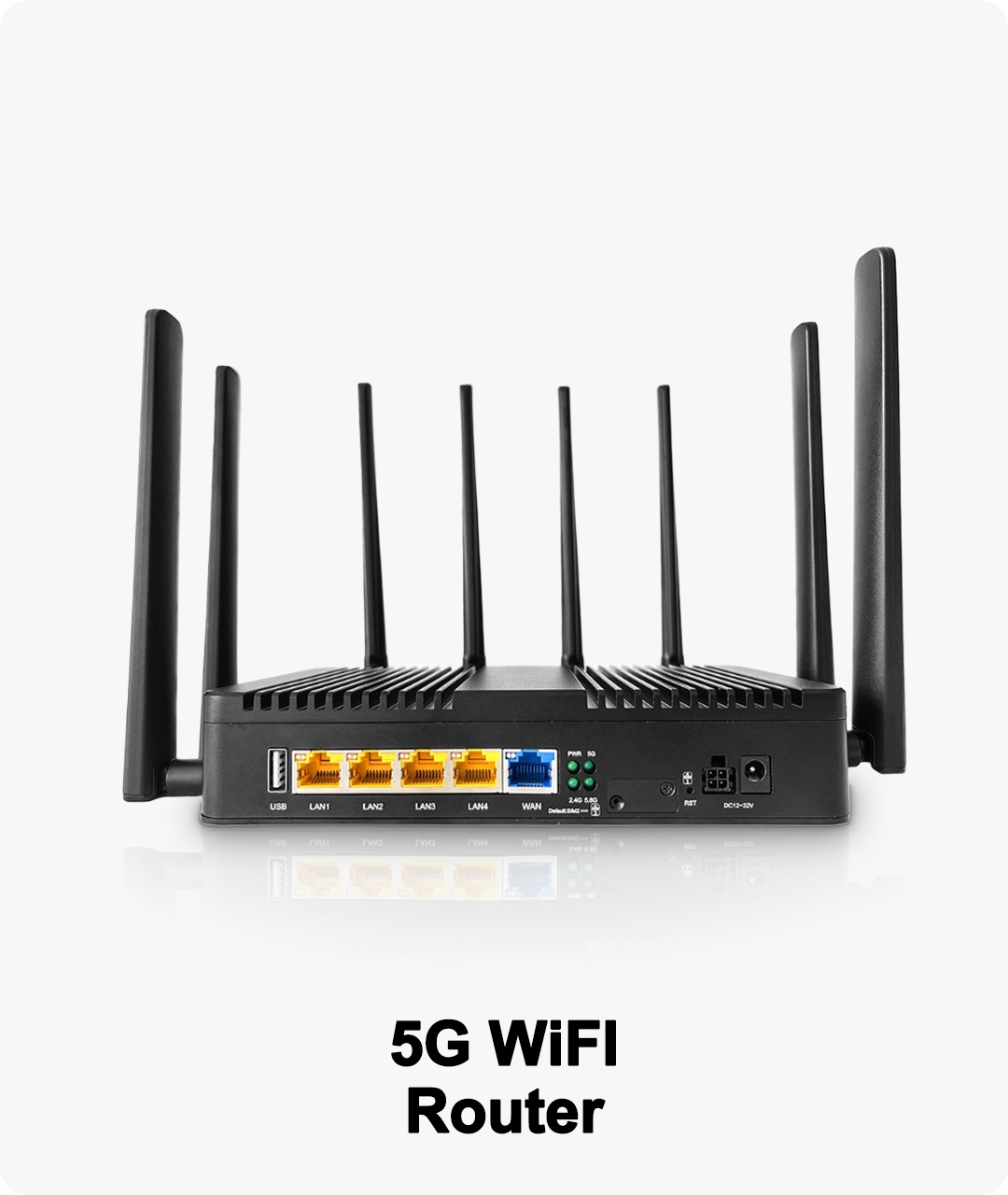D301, Building D, No. 54-6, Guanlan Avenue, Xinhe Community, Fucheng Street, Longhua District, Shenzhen ,China


In today’s interconnected world, the need for fast, reliable internet has never been more important. Whether you're streaming your favorite shows, working from home, or connecting multiple devices in a smart home, the demand for high-speed and low-latency connections continues to grow. This is where Wi-Fi 6 and 5G come in — two technologies that promise to change the way we connect to the internet. While they both offer improvements in speed and efficiency, many people are unclear about how they differ and how they can work together.
In this blog, we’ll dive into Wi-Fi 6 and 5G, exploring their key features, use cases, and how they can complement each other to create an even more robust and connected digital experience.
What is Wi-Fi 6?
Wi-Fi 6, also known as 802.11ax, is the latest iteration of Wi-Fi technology. It represents a leap forward in wireless communication, designed to handle the increasing number of devices that people are connecting to their home and office networks. Wi-Fi 6 focuses on improving efficiency, speed, and performance, especially in environments with many connected devices.
Key Features of Wi-Fi 6:
Faster Speeds: Wi-Fi 6 provides download speeds of up to 9.6 Gbps, making it ideal for high-bandwidth applications like 4K/8K video streaming and online gaming.
Higher Capacity: Wi-Fi 6 is optimized to support multiple devices at once, without slowing down the network. This is essential for homes, offices, and public spaces where many devices are connected simultaneously.
Improved Efficiency: Wi-Fi 6 uses OFDMA (Orthogonal Frequency Division Multiple Access), allowing data to be transmitted to multiple devices at the same time, improving network efficiency and reducing congestion.
Better Range and Latency: Wi-Fi 6 improves performance in longer distances and helps reduce latency, which makes it ideal for applications like video calls and gaming.
What is 5G?
5G is the fifth generation of mobile network technology, designed to deliver ultra-fast internet speeds, extremely low latency, and the ability to connect more devices simultaneously. While Wi-Fi 6 is meant for local networks within a limited range, 5G provides wireless connectivity over much broader distances, spanning cities and even rural areas. 5G is built to support a growing number of devices and increasingly data-heavy applications like autonomous vehicles, smart cities, and virtual reality.
Key Features of 5G:
Incredible Speeds: 5G can deliver speeds up to 20 Gbps, significantly faster than Wi-Fi 6 and far faster than 4G LTE. This enables high-performance applications, such as real-time augmented reality (AR) and ultra-HD video streaming.
Ultra-Low Latency: One of the standout features of 5G is its near-instantaneous latency, as low as 1 millisecond, which is ideal for mission-critical applications like autonomous vehicles, remote surgery, and real-time gaming.
Massive Device Connectivity: 5G can support up to 1 million devices per square kilometer, making it the ideal network for the Internet of Things (IoT) and other connected environments like smart cities.
Wider Coverage: 5G is not limited by the range of a Wi-Fi network, as it is supported by a nationwide cellular network, offering internet access in cities, rural areas, and even on the move.
Wi-Fi 6 vs 5G: Complementary Technologies, Not Competitors
At first glance, it may seem like Wi-Fi 6 and 5G are competing technologies, both promising faster speeds and improved connectivity. However, the reality is that these two technologies can work together, providing users with a seamless digital experience across various scenarios. Let’s break down how they complement each other:
Local Connectivity (Wi-Fi 6) vs. Wide-Area Coverage (5G):
Wi-Fi 6 is ideal for home and office environments where users are in a fixed location and need fast, reliable internet connections for multiple devices. It excels in providing high-speed, low-latency connections within a local area, such as a home or business.
5G, on the other hand, provides broad-area connectivity, allowing users to stay connected while on the move. Whether you're walking through a city, traveling by train, or driving a car, 5G ensures you can stay online, with speeds fast enough to stream high-quality video, download large files, and connect your devices seamlessly.
High-Density Environments:
Wi-Fi 6 is designed to handle high-density environments with many connected devices, such as offices, stadiums, or airports. It minimizes network congestion and ensures that devices can communicate with the router efficiently, even in busy spaces.
5G also excels in high-density environments, but with a focus on providing outdoor and mobile connectivity. With the ability to connect millions of devices per square kilometer, 5G is well-suited for smart cities where traffic lights, sensors, and surveillance cameras need to communicate in real-time.
Indoor vs. Outdoor Connectivity:
Wi-Fi 6 works best indoors, where it provides high-speed connectivity within a specific range. For activities like gaming, video conferencing, and streaming at home or in offices, Wi-Fi 6 offers excellent performance.
5G is better for outdoor connectivity and areas where mobile access is crucial. It will be especially useful in rural areas and urban spaces where cellular towers provide broader coverage, ensuring that users can access high-speed internet while on the go.
IoT and Smart Devices:
Wi-Fi 6 is optimized for high-performance, low-latency applications inside the home or office. It supports smart home devices, security systems, and other connected technologies that require a stable and efficient connection.
5G is better suited for large-scale IoT environments, where thousands of devices need to be connected and communicate in real-time. With its capacity to support a large number of devices in a small area, 5G is ideal for smart cities, autonomous vehicles, and industrial IoT applications.
How They Work Together
Rather than being in direct competition, Wi-Fi 6 and 5G will likely work together in the future, offering complementary benefits. Here’s how:
Seamless Handover: When you’re at home, you’ll connect to Wi-Fi 6, enjoying fast speeds and low latency for your gaming, streaming, and smart devices. When you leave your home and move around the city, 5G will seamlessly take over, offering uninterrupted internet connectivity as you go about your day.
Smart Cities: As cities become smarter, both Wi-Fi 6 and 5G will be integrated into the infrastructure. Wi-Fi 6 can handle high-density areas like public buildings, while 5G will support broader IoT networks and mobile applications.
Enhanced Mobile Experience: As 5G networks expand, mobile devices will switch between Wi-Fi 6 and 5G networks depending on location, ensuring the best possible connection.
Conclusion: A Hybrid Future for Connectivity
In the rapidly advancing digital landscape, Wi-Fi 6 and 5G will play essential roles, but they are not rivals. Instead, they will complement each other, offering high-speed, reliable, and seamless connectivity across both fixed and mobile environments. While Wi-Fi 6 is ideal for high-performance local networks in homes and offices, 5G will provide high-speed, low-latency connectivity across larger areas, especially for mobile users and IoT devices.
As both technologies continue to evolve, we will see more integration and collaboration between Wi-Fi 6 and 5G, creating a future where users are always connected, no matter where they are. Whether you’re at home, in a crowded stadium, or on the go, Wi-Fi 6 and 5G will ensure that you have the best possible digital experience.






